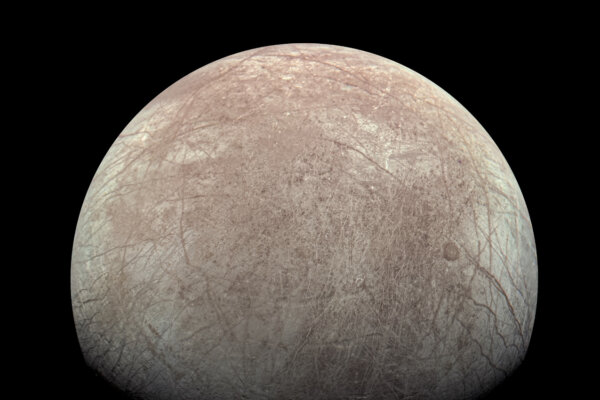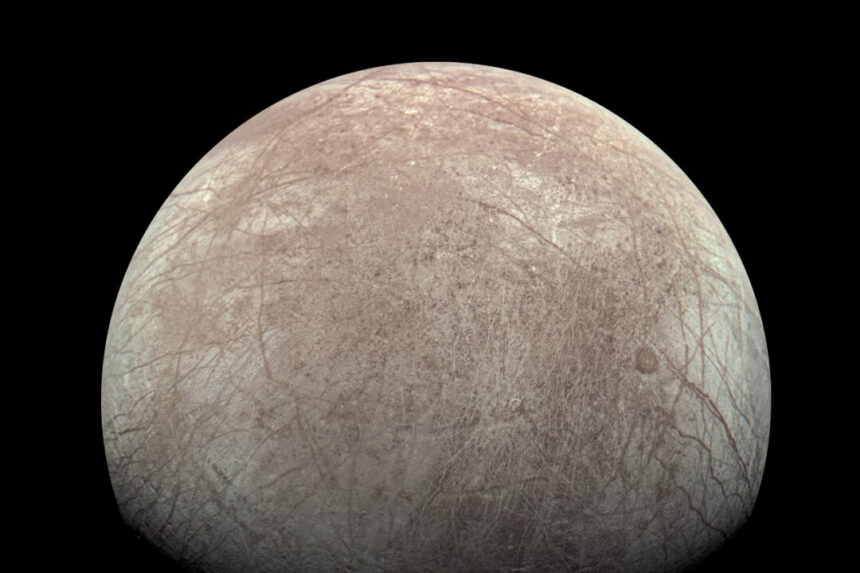
NASA has approved the upcoming launch to Jupiter’s moon Europa after ensuring that the spacecraft can withstand the intense radiation in that area. The Europa Clipper spacecraft faced concerns earlier this year regarding the reliability of its transistors, but after conducting tests, NASA is confident in its ability to carry out the mission.
The spacecraft is set to launch on October 10 aboard a SpaceX Falcon Heavy rocket. NASA has a three-week window to launch before having to wait for over a year for the next planetary alignment needed for the mission. The spacecraft will need to pass by Mars and Earth for gravity assists.
Project manager Jordan Evans explained that while the transistors on Europa Clipper may degrade during the flybys of the moon, they are expected to recover during the breaks between encounters. Extensive testing conducted over the past four months has given NASA high confidence in the spacecraft’s ability to complete its mission.
Europa Clipper will take six years to reach Jupiter, where it will orbit the gas giant every three weeks. The spacecraft will conduct dozens of flybys of Europa, getting as close as 16 miles (25 kilometers) to map the entire moon using various instruments.
Spanning over 100 feet (30 meters) with its solar panels unfurled, Europa Clipper is the largest spacecraft ever built by NASA for planetary exploration.
By Marcia Dunn





